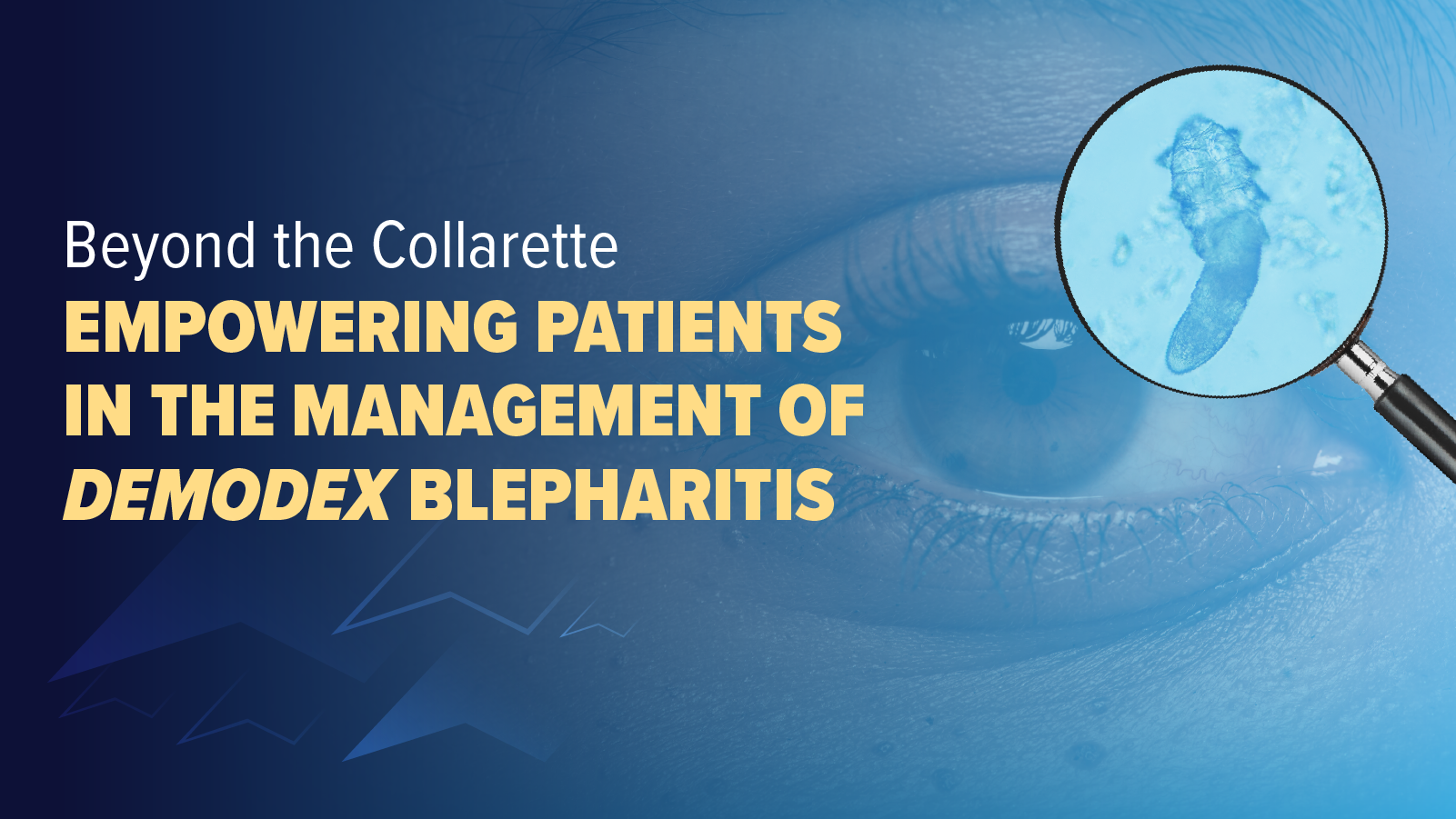
Exploring Newer Nonsteroidal Topical Treatments for Atopic Dermatitis: PDE4 Inhibitors
A panelist discusses how the real-world use of crisaborole, roflumilast, and ruxolitinib for atopic dermatitis reveals differing tolerability and efficacy, with roflumilast standing out for its superior results and ease of use while ruxolitinib is limited by safety concerns for larger areas of the body.
Episodes in this series

The speaker discusses the real-world use and tolerability of crisaborole, a topical phosphodiesterase-4 (PDE4) inhibitor. Although in clinical trials, crisaborole showed a treatment success rate of approximately one-third of patients after 4 weeks, with minimal adverse effects such as stinging or burning, real-world experience revealed that it can cause significant burning sensations, especially on the face. Despite this, it remains a useful option, though it may not be the best choice for patients with sensitive skin.
Moving on to roflumilast, another PDE4 inhibitor, the speaker emphasizes its strong real-world data and efficacy. Like crisaborole, roflumilast achieved a treatment success rate in approximately one-third of patients in 4-week studies. However, it stands out for its superior efficacy, better tolerability, and ease of use. It can be used once daily and, in an open-label extension study, demonstrated excellent flare prevention when applied twice weekly after daily use. This regimen helps patients manage flare-ups in persistent hotspots, like elbow creases or the face, by preventing future outbreaks. The speaker suggests that roflumilast may be a preferable option due to its improved patient preference and consistent results.
Lastly, ruxolitinib, a topical Janus kinase (JAK) inhibitor, is also discussed for its strong efficacy in treating atopic dermatitis, especially in cases where rapid action is needed. However, the use of ruxolitinib is limited by concerns about systemic absorption and potential systemic JAK effects. The trials restricted its use to areas covering no more than 20% of the body surface area due to these concerns. While it is effective, its limitations in terms of safety for larger areas and potential side effects may reduce its appeal for patients with widespread disease.
Newsletter
Enhance your clinical practice with the Patient Care newsletter, offering the latest evidence-based guidelines, diagnostic insights, and treatment strategies for primary care physicians.















































































































































































































































































